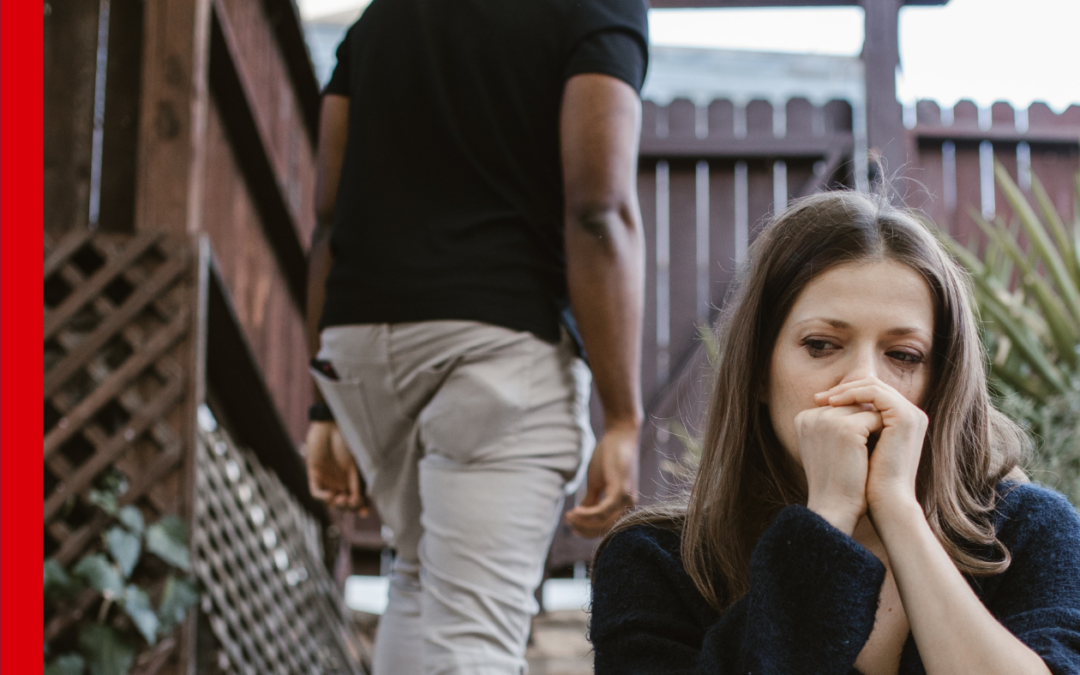
Studies show that domestic violence increased during the COVID pandemic. While data proved this, it also makes sense on a fundamental level. Isolation is an abuser’s greatest tool. And isolation was how the entire world coped with the pandemic. Victims were stuck with abusers and their access to help was restricted. This is the shadow pandemic of domestic violence.
A component of domestic violence is trauma bonding. This is loyalty and attachment that a victim bestows upon an abuser. The unhealthy nature of a trauma bond may be evident from the outside looking in, but unseen by a victim. That is why victims do not immediately respond to the concern and advice given by friends and family.
During the pandemic, the signs of unhealthy relationships were masked by our increased overall isolation. In addition, people were more likely to move their relationship at an accelerated pace, potentially overlooking red flags. Signs of a potential trauma bond, as listed in Well + Good include:
- You feel very close even though you haven’t known each other for very long
- You make huge life changes for a relatively new relationship
- You put time and effort into the romantic relationship at the cost of friendships and family
- You have an extreme fear of leaving the relationship
- You feel like they’re the only one who can fulfill your needs
Now that most of the world is emerging from isolation, let’s recognize the signs. Reach out to loved ones who pulled away. Show support. Protect children.
** October is Domestic Violence Awareness Month.
If you or someone you know needs help immediately, call 911. To report domestic violence, call 800-799-7233. The National Domestic Violence Hotline can also be reached via text or chat if it is not safe to make a call.










